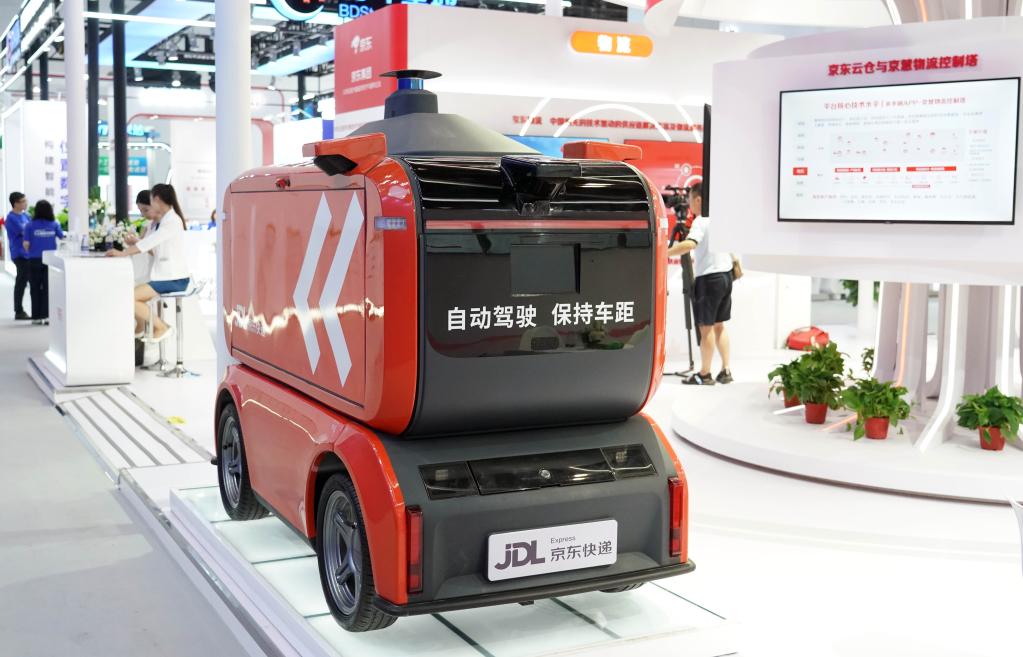The IPO market is picking up after a sluggish period amid high interest rates.
Drew Bernstein, Co-Founder and Co-Chairman, Marcum Asia CPAs LLP, said in an exclusive interview with SFC journalist recently that the US IPO market has continued to trend upwards in 2024.
Bernsteinbelieves the biggest factor for IPO appetite is post-listing performance. This year, the average return from investing in IPOs is 3.7%. While that’s an improvement from the negative 7% returns for the same period last year, it still lags behind the gain that funds could have booked by simply buying the NASDAQ index.
“Once we see a quarter or two of IPOs outpacing the market, you can be confidentinstitutions will be clamoring for more deals,” heemphasized.
Recently, a series of Chinese companies are planning to go public in the US. Bernsteinstill see a healthy number of private enterprises pursuing an overseas IPO to provide liquidity for private equity investors and build a global platform for their business. He said “the road is not closed, but it takes very careful strategy and realistic expectations.”
SFC: Under the impact of high interest rates, the current USIPO market remains inactive. When can the IPO market recover? What conditions are needed to return to the normal?
Bernstein: The USIPO market has continued to trend upwards in 2024, with 98 IPOs raising $24.1 billion as of September18. That’s up by 30% and 58% from the 75 IPOs that raised $15.3 billion in the same period in 2023. And those numbers don’t even include the 32 SPAC IPOs this year.
Of course, that is still a long way off the blistering pace of new deals in 2020 and 2021. But could that number of IPOs truly be considered “normal?”I would argue that we had one of our periodic outbursts of speculation based on sustained zero interest rates and the COVID-era desire for financial entertainment.
US listings from China surged even faster in 2024, with 31 IPOs in 2024, nearly double the 17 IPOs during the same period last year. However, most of these new names have been very small, with only two raising more than $100 million. The performance has been poor, with an average loss of 23% from the offer price.
Right now, there are some continuing headwinds for new issues, including the pending US election and uncertainty about how fast interest rates will come down. But the biggest factor for IPO appetite is post-listing performance. This year, the average return from investing in IPOs is 3.7%. While that’s an improvement from the negative 7% returns for the same period last year, it still lags behind the gain that funds could have booked by simply buying the NASDAQ index. So, this year it has paid to be lazy and just buy the market. Why do extra work?
Once we see a quarter or two of IPOs outpacing the market, you can be confident institutions will be clamoring for more deals.
SFC: It seems hard to go back to zerointerest rate environment.Will it be difficult for the IPO market to return to its previous hot state?
Bernstein: Interest rates are an important factor driving equity valuations, but I would argue that a zerointerest rate environment is not a healthy way to set the cost of capital. It tends to inflate asset values across the board, including those that generate no economic value.An IPO based on zero interest rates is like a sugar high. Eventually, you come crashing down.
In the long term, the IPO market is driven by supply and demand. A healthy market relies on a supply of high-growth companies with a clear path to profitability. There is also a need for a regulatory environment where the advantages of going public are not outweighed by excess costs and bureaucracy.
SFC: With the AI boom sweeping the globe, financing for related companies has become one of the few highlights in the market. Will it gradually cool down in the future?
Bernstein: So far, the AI boom has been mostly relegated to private VC investments and large-cap tech stocks. In both cases, the speculative phase has probably peaked. Rather than being swept up in visions of how “AI changes everything,”investors are now asking how it adds value to specific business and consumer applications and how that translates into a sustainable business model.
SFC: China is actively developing new quality productiveforces. Which industries will have more opportunities in the future? How can the capital market help cultivate new quality productiveforcesin China's economy?
Bernstein: China's progress in leaping ahead of the rest of the world in industries such as EVs, solar energy, and battery technologies is undeniable. Without any trade barriers, it is doubtful that American and European companies would have any chance to compete in those markets. In many cases, the underlying technologies were first developed in the US, but then companies and government policymakers fumbled when scaling them and driving down the cost curve.
Right now, that exact scenario is playing out in areas such as AI, robotics, and quantum computing. In many ways, the UShas now embraced China’s approach to industrial policy to ensure they don’t lose another wave of innovation. Thus, there are two huge, technologically advanced economies now very focused on many of the same industries, which makes things interesting.
In many cases, the equity markets are the most efficient mechanism for allocating capital to high-growth, high-potential markets. In sectors like the Internet, solar, and EVs, overseas listings were critical to the development of the leading players in the market today. However, today, somegovernments have expanded the definitions of sectors that are considered “security sensitive.”That has blocked the exits for private equity investors.
That said, we still see a healthy number of private enterprises pursuing an overseas IPO to provide liquidity for private equity investors and build a global platform for their business. The road is not closed, but it takes very careful strategy and realistic expectations.
SFC: Recently, a series of Chinese companies are planning to go public in the US. What challenges do Chinese companies currently face when going public in the US? What are the benefits?
Bernstein: A USlisting offers a few significant advantages that have not gone away. First, it enables a company to build a global brand that can open the door to partnerships, talent acquisition, and entry into new markets in a way that a domestic listing alone can’t accomplish. Second, in specific sectors, the USmarkets have concentrations of expertise among research analysts and buy-side funds that you don’t find anywhere else in the world. Finally, there is a tremendous amount of flexibility to do follow on offerings of equity, debt, and convertible instruments once you are public and have established a track record of execution. If you have a company with a decades-long growth horizon, that can be incredibly valuable, even if the initial listing raises less than hoped for.
SFC: Shein's path to IPO has been full of twists and turns, and its current plan to go public in London also faces a series of challenges. What challenges does SHEIN need to overcome in the future? What experiences can we learn?
Bernstein: I have been vocal in the opinion that it is not appropriate for USregulators to seek to block or stall listings by companies like Shein, a global consumer company with no relevance to national security. The strength of American capital markets, going all the way back to the founding of the SEC, has been the emphasis on full and accurate disclosure.
Now, ESG investors or citizens may have concerns about Shein’s business model, whether contributing to wasteful throwaway fashion or using the de minimis tariff exemption. What’s the best solution? The entire disclosure and investor and regulatory oversight that would come with a USlisting.
SFC: The outcome of the US election is the focus of global attention. How should companies cope with the uncertainty of election result? How can investors prepare for the future?
Bernstein: At this point, the election outcome is impossible to predict. Most companies are trying to devise an “all-weather strategy”that will provide optionality no matter who wins or which campaign promises they actually deliver on.
SFC: Trade restrictions have increased in the USand Europe. What adverse effects will protectionism bring? How to deal with a relatively more conservative world?
Bernstein: The USgovernment has decided that it cannot afford to lose the auto industry and is, for now, determined to revive domestic solar production. The most significant adverse effects will be higher costs for USconsumers and less access to advanced technology. Europe has been slightly behind the USbut on a similar path.
As a result, I think Chinese companies will focus a lot of their growth on non-aligned regions with growing populations and economies, including Southeast Asia, Latin America, and Africa. These markets may be more price-constrained, but they will provide a good share of global growth in the long term.Chinese management teams are incredibly pragmatic when navigating changing policies and will adapt quickly to find any pockets of opportunity.
















